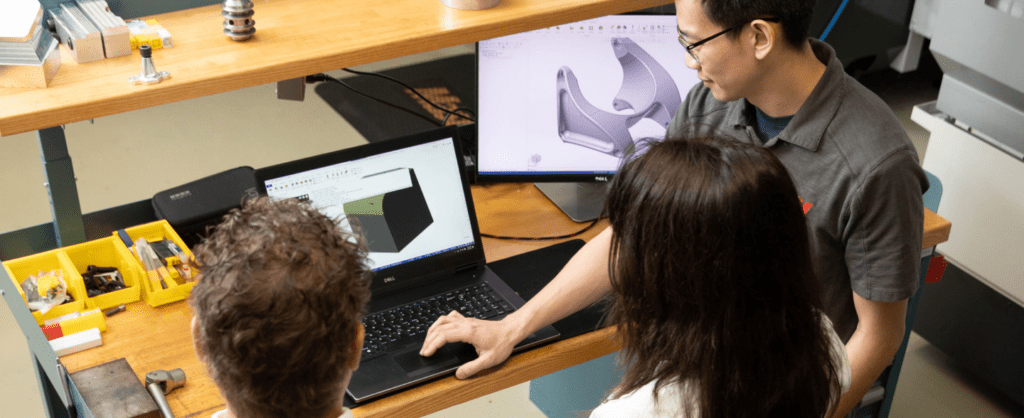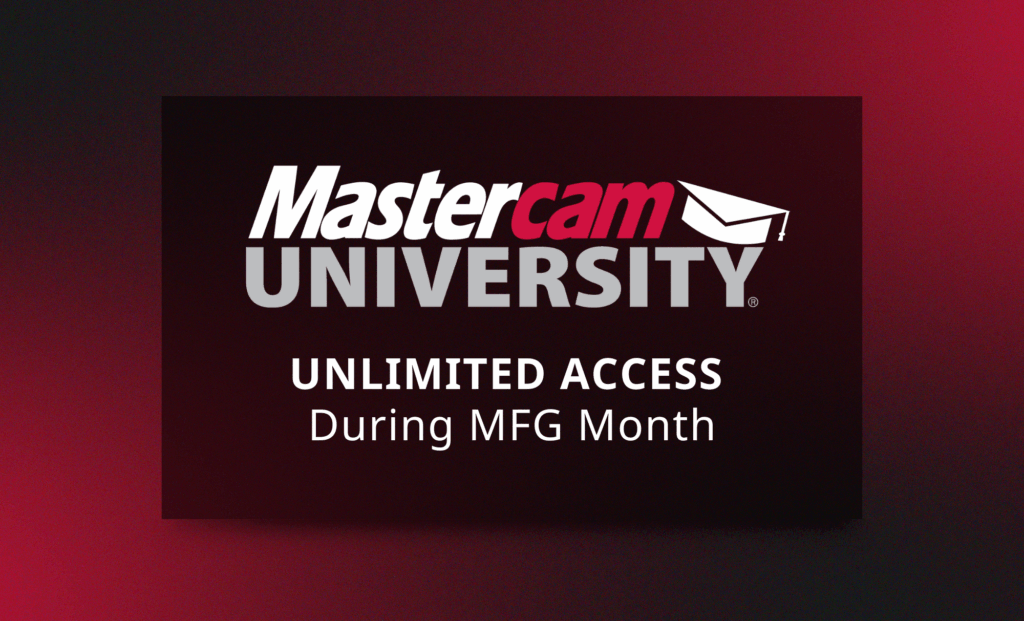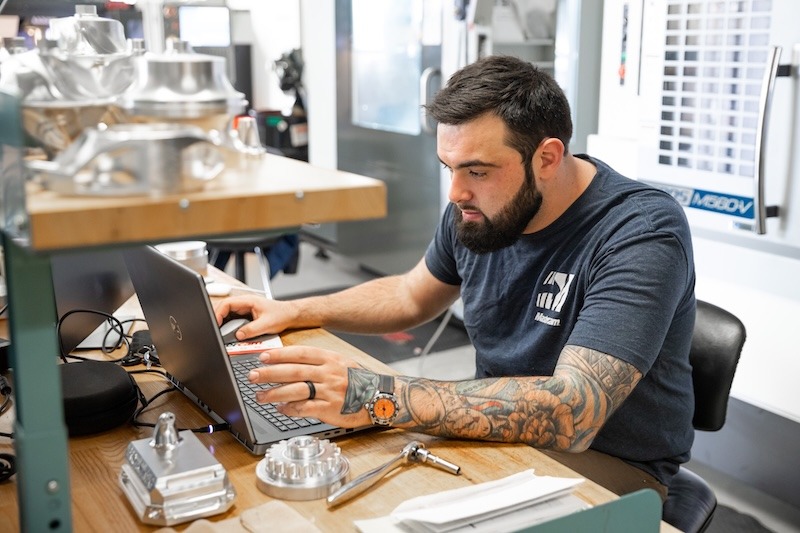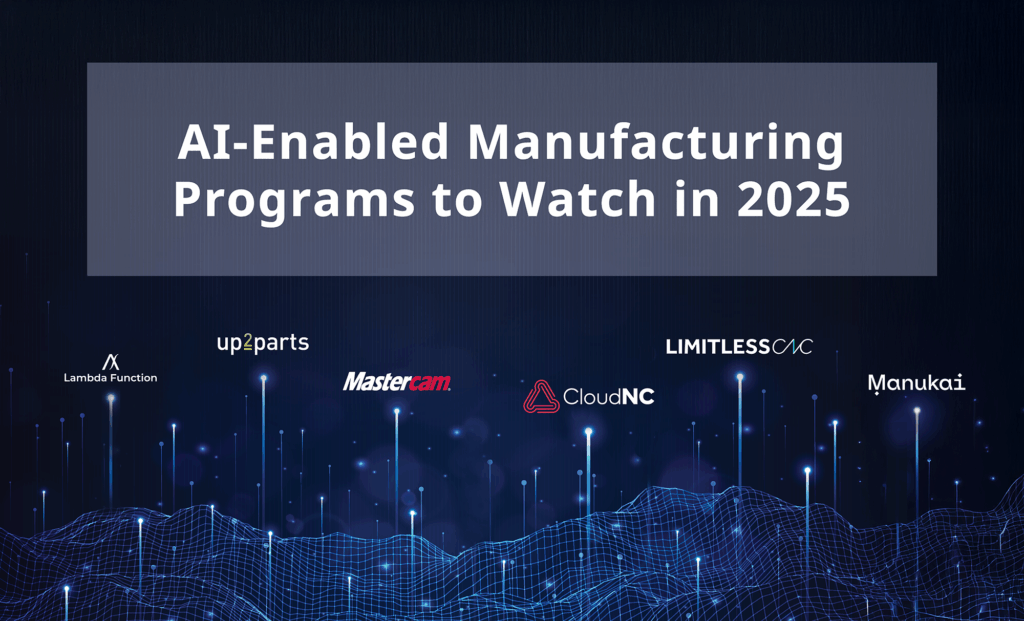
When I first walked into a high school classroom in Presidio, Texas—a quiet border town in the middle of nowhere, nestled against the mountains (mountains, which I never knew even existed in Texas)—I thought I knew the path I was on.
I was a teacher. A tech educator. The kind of person who believed in turning on lights in students’ minds using keyboards, software, and curiosity.
What I didn’t expect was how that path would eventually wind through CNC machine shops and finally land me at the very heart of modern manufacturing—Mastercam.
It All Started with a “Yes”
After a couple of years, our school received a STEM grant and with it came something new and exciting—CNC machines. When the opportunity was presented to me by the district superintendent to teach our pilot CNC course, I said “YES!” without hesitation. At the time, I didn’t realize the decision to accept this challenging new position would later influence the direction my life would take. The classroom became my lab, the students became creators, and I discovered how powerful it was to merge education with engineering.
Students weren’t just learning—they were making. The lights in their eyes? Brighter than any computer screen.
From Teacher to Programmer
As the program grew, so did my curiosity. I got tired of manually entering code to instruct machines, so I sought an online solution. I found Mastercam and received approval to purchase the software. I started learning Mastercam so I could teach students how to design and program parts. But soon, I wasn’t just teaching the software and teaching machining—I was falling in love with the precision, the logic, the complexity, the art, of machining.
After four years in the classroom, I made a leap—a scary one, to be honest—into full-time manufacturing.
Over the next eight years, I worked as a machinist, CNC programmer, and manufacturing engineer, using Mastercam daily to bring designs to life. What surprised me most? The classroom never really left me.
The same mindset that made me effective in the classroom—clear communication, breaking down complex ideas, solving problems creatively—that’s exactly what helped me thrive as a CNC programmer and manufacturing engineer.
Every project was like a new lesson plan.
Every machine issue? A teachable moment.
Every drawing and toolpath? Just another way to explain something—except now I was explaining it to a machine.
And maybe that’s the part we don’t talk about enough—how education doesn’t just prepare students for work. It prepares us to lead, to adapt, to keep learning. Teaching didn’t just lead me to manufacturing. It shaped how I showed up in it.
A Cold Email and a Warm Welcome
Eventually, I started feeling that familiar itch again. The desire to share, to teach, to connect with others and share my newfound knowledge. I had quite a bit of know-how in web development, so I started building a small training website and reached out to Mastercam via email—not to look for a job, just to ask if they might want to partner or help spread the word.
Instead of an email reply, I received a phone call asking me about my plans and my intentions for the website. This led to a conversation about e-learning and curriculum in the world of CNC manufacturing. After a conversation about my goals and learning more about the goals and strategies of Mastercam, I was asked if I would consider applying for an open position as a technical content developer and trainer.
I thought to myself, ‘Well, maybe this is the universe machining a new path for me.’ I updated my resume, applied for the job, had an extensive and thorough interview, and accepted an offer.
I now work in Mastercam’s Learning & Enablement team directly for our Product Development group. We create learning resources and content for our end users, global network of educators and students, and Channel Partners. My real-world experience in programming many different types of machines, using a variety of materials, has allowed me to develop resources and collaborate on projects beyond the scope of my initial role.
What I’ve Learned
Looking back, the road from education to manufacturing wasn’t a detour—it was a loop, one that brought me back to teaching, only this time with a new set of tools.
Here’s what stands out:
- Teaching never really stops. Whether it’s a lesson plan or a lathe setup, education is about making things understandable, and that’s just as valuable in a shop as in a classroom.
- Industry and education need each other. There’s a very real skills gap in manufacturing. Millions of jobs, many of them requiring advanced skills, are in high demand. It’s not just about knowing the tech—it’s about communication, problem-solving, digital fluency, and confidence. And educators are uniquely positioned to nurture all of that.
- Resources matter. When I started teaching CNC, I didn’t have much more than a machine manual and a lot of late nights. Now, as part of Mastercam, I help build tools and curricula that support all Mastercam users, including teachers and students, so they don’t have to go it alone.
Why It All Still Feels Like Teaching
The content and learning materials I create empower Mastercam users at every level. But the heart of it? I’m still teaching.
Whether it’s designing a toolpath or a curriculum, I’m still trying to answer the same question: How do we help people understand something new—and feel confident doing it?
That’s what gets me up in the morning.
That’s what education is.
That’s what manufacturing demands.
Closing the Gap—Together
If you’re an educator reading this, I want to say thank you. Not just for teaching, but for believing. Believing that your students can do more than memorize—that they can make, solve, and build. You’re not just teaching software—you’re preparing students to thrive.
And if you’re in industry? Know that the classroom isn’t just upstream—it’s your future hiring pool. Investing in education is investing in the health of your shop, your workflow, and your future.
This journey has taught me that education doesn’t end when the bell rings—and manufacturing doesn’t start when the machine turns on. They’re intricately connected, and together, they have the power to change lives.
The reality of the skills gap in manufacturing is not just about unfilled jobs. It’s about unrealized potential. When we teach manufacturing, we teach students how to think, how to solve, how to create—how to contribute.
We’re empowering the next generation of machinists, programmers, engineers—and yes, lifelong learners—to walk into the evolving world of advanced manufacturing with confidence.
And if you ask me? That’s not just a job worth doing. That’s a legacy worth building.
Let’s keep bridging that gap—together.
Interested in the intersection of education and manufacturing? Curious about CNC learning paths, or just want to talk shop (literally)? Join us on our social channels to share your thoughts and stay connected.



